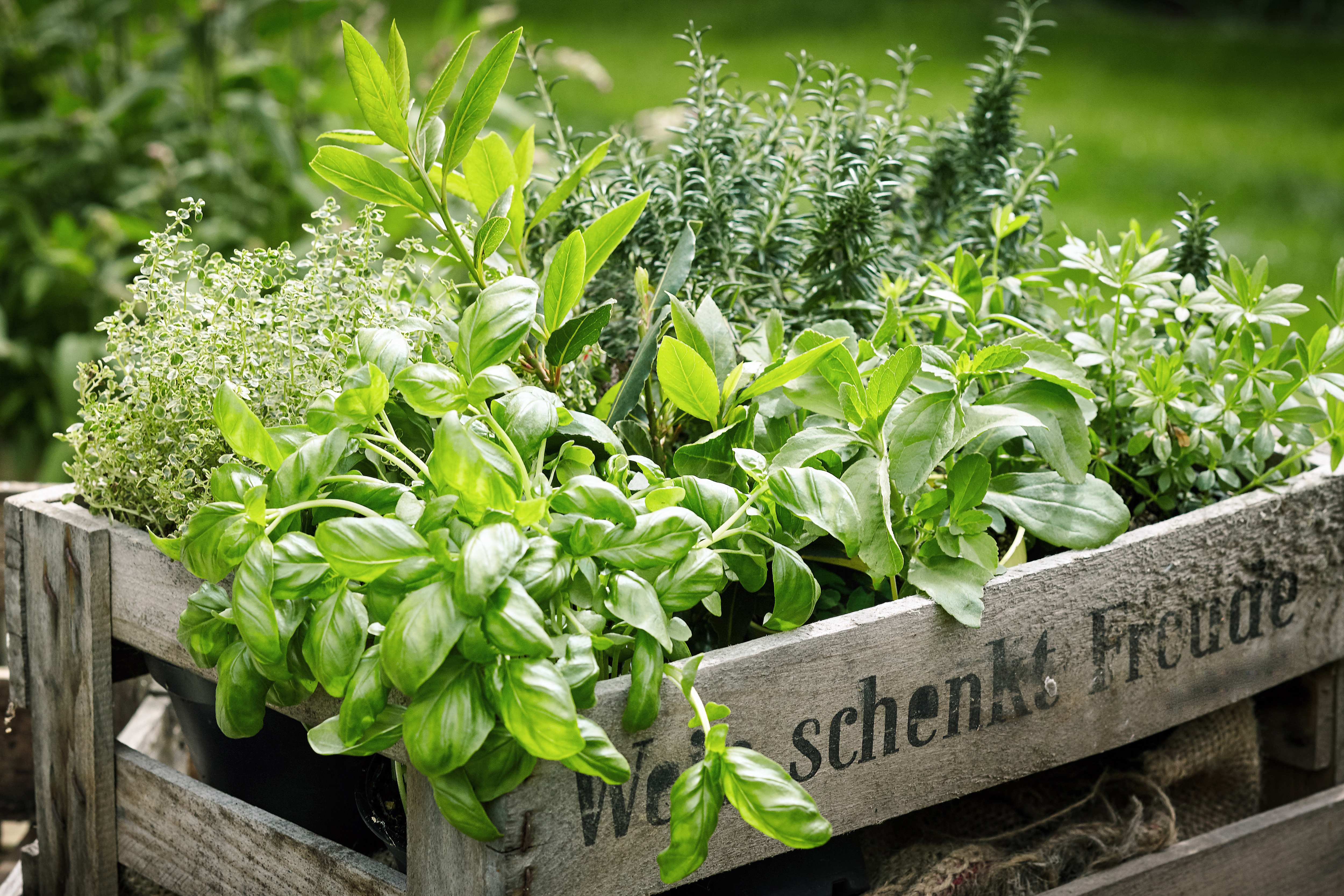
Herb gardens are beautiful and practical — and you don’t have to break the bank to make one.
Monastic gardens were the pharmacies and laboratories of the medieval world. With a mostly illiterate population, the first herbal books were written by monks. A herbal publication was a complete instruction manual — a combined gardening book, cookery book and pharmacy journal.
Drawings and descriptions of plants were set alongside notes on propagation, cultivation, medicinal uses and recipes for cures, (‘prescription’ comes from the Latin word ‘recipe’). It had long been realised that different plants required different habitats. That’s why the invention of sub-divided flower beds was so clever and it remains a flexible, practical system for the modern gardener wishing to grow a wide variety of plants in a limited space. For instance, moisture-retaining leaf mould can be incorporated into one bed, while free-draining grit can be dug into the neighbouring compartment.
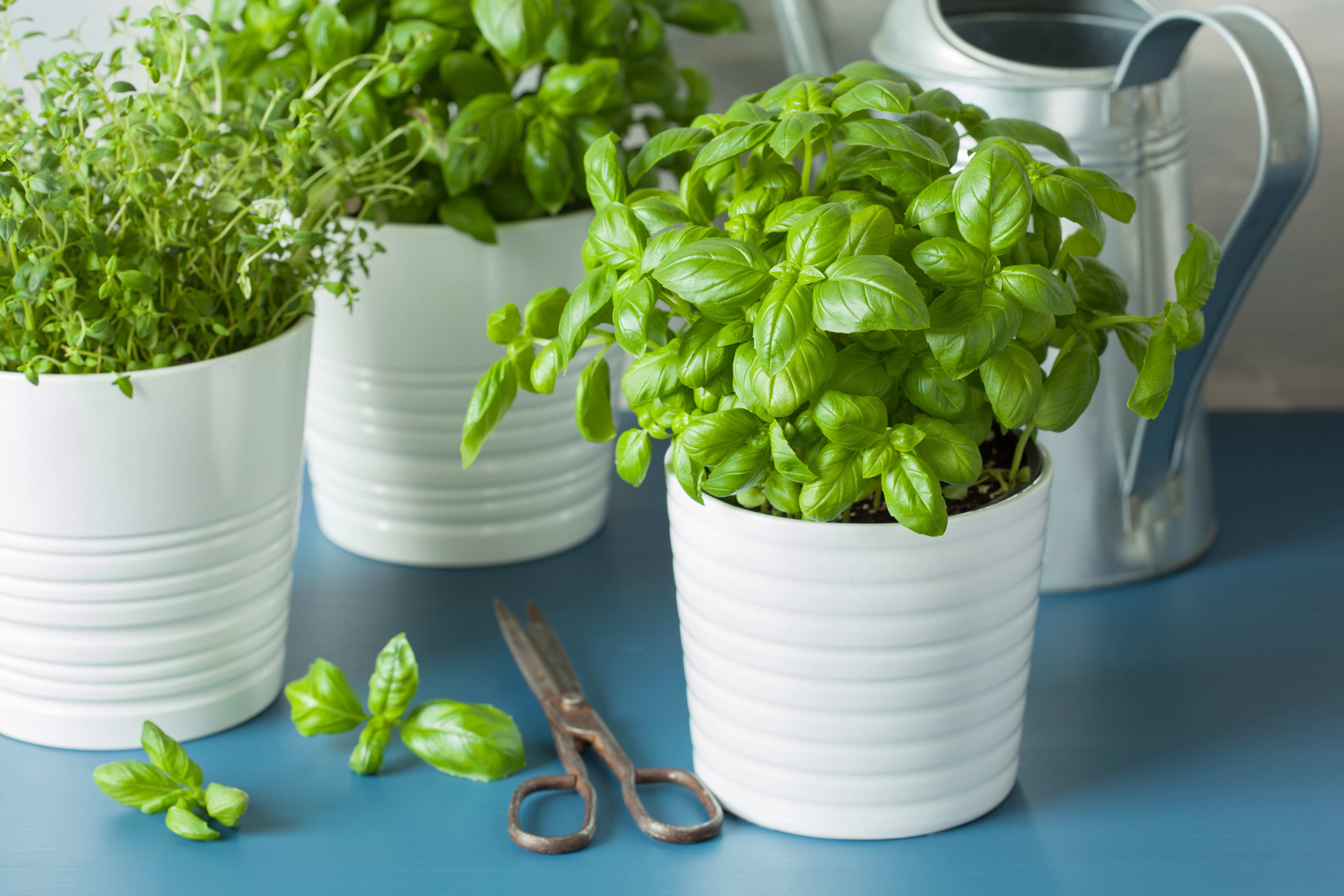
Herb gardens can be as fancy, (expensive!) or as simple as you like. Edged with wood, brick or stone, the beds are commonly laid out as a series of squares or rectangles; sometimes subdivided diagonally to create triangular shapes. Whatever style you choose, ensure the beds are level, otherwise soil/water will forever wash downhill and make a horrible mess. Herb beds traditionally had barriers of brick or slate sunk 30 cms below the soil surface to stop roots migrating into surrounding areas, but this isn’t necessary, so long as you keep invasive herbs such as mint, lemon balm and comfrey in pots to curb their thuggish tendencies.
Some herbs are annuals; others die back in autumn, so think about how the space will look out of season. Terracotta edging or gravelled paths will embellish the scene, even in the middle of winter. Longlived and fully hardy, bay can be clipped into an eyecatching topiary shape.
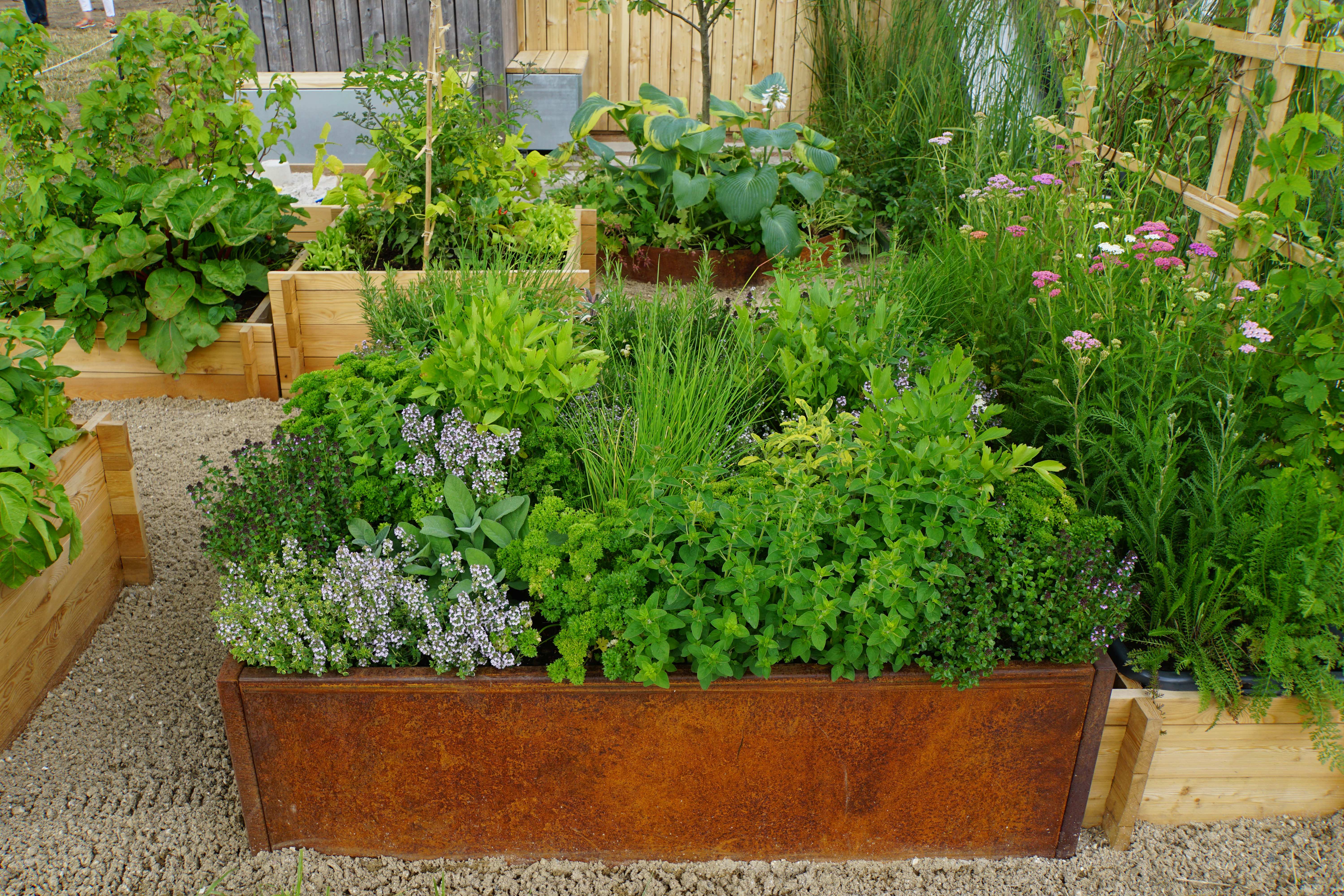
A herb garden in a container is possible, providing you choose plants that are not over-vigorous and enjoy similar conditions. Try adding some salad-type crops too — a trailing tomato plant will thrive in a sunny window box planted with basil and a colourful thyme - there are many thyme varieties to choose from. Lettuces, chives, dill, coriander and parsley will happily grow in pots in light shade — cooler temperatures makes them slower to run to seed. Strawberry pots are brilliant for herbs - position one by your kitchen door, perhaps? Plant the bottom tiers with shade/damp lovers; try violas, (for edible flowers) or different types of mint. Use the upper, drier levels for sun worshippers such as oregano and marjoram.
If you have a boring expanse of paving, lift alternate slabs and make a ‘chessboard’ of planting pockets. In a sunny situation, drought-tolerant rosemary, lavender, thyme and sage will revel in impoverished freedraining soil and the heat radiated by the surrounding masonry will enhance their fragrance.
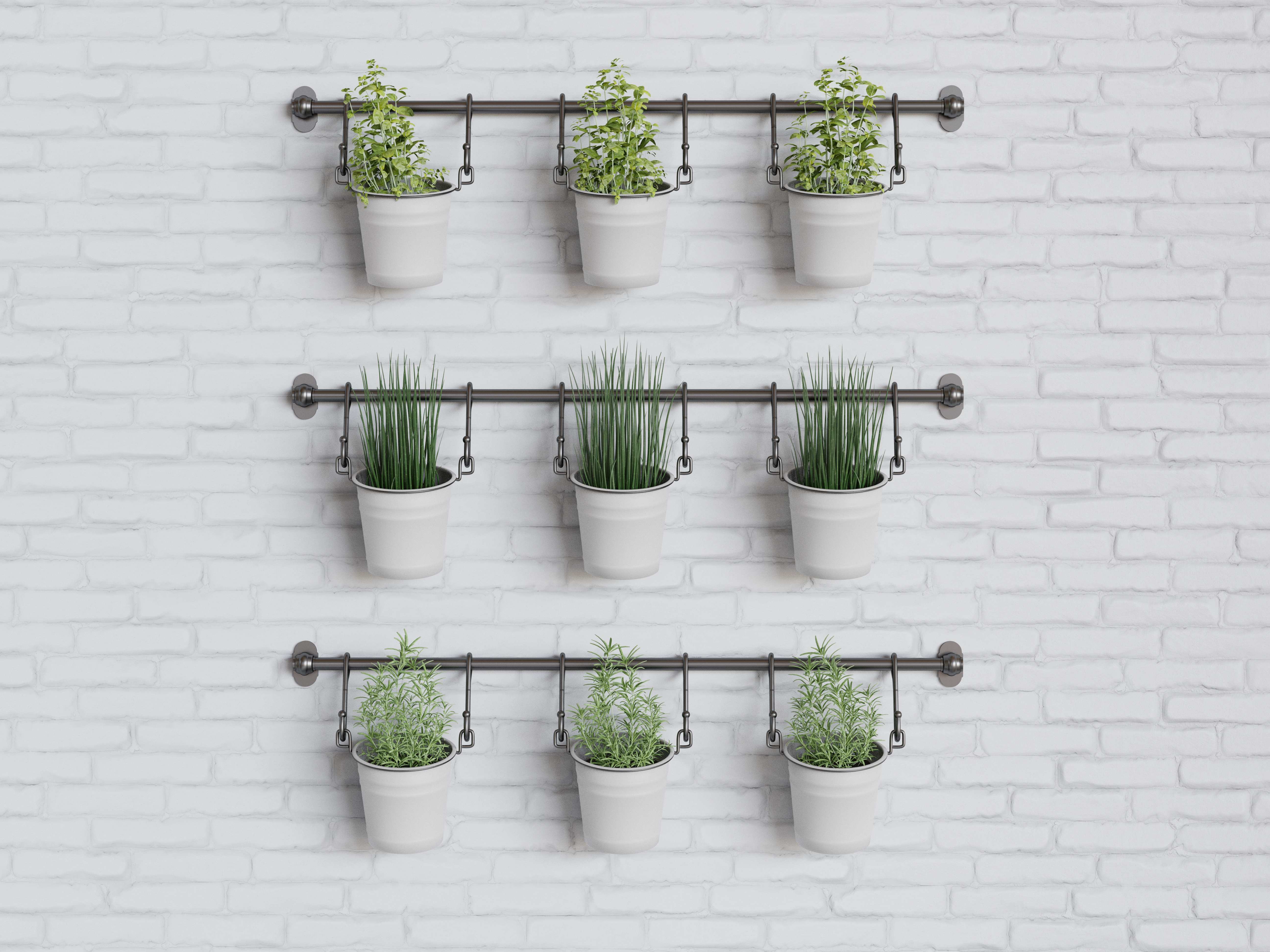
Whether grown for culinary purposes or just ornamental effect, herbs should feature in every garden. In the 1980s, I was fortunate to travel through Egypt. Stopping in a remote village, my travelling companions and I gratefully sat in the shade cast by the derelict walls of a once-substantial building. The house was uninhabitable, but someone had made a tiny garden in the ruins. An area of beaten earth no more than two metres square was neatly bordered by an assortment of old food tins and plastic containers. Herbs and salads of various types were growing out of these repurposed flowerpots. Positioned at the centre was a water-filled dish. Right on cue, a small bird appeared for a refreshing drink. That’s the beauty of gardening. You can create a little bit of paradise anywhere.

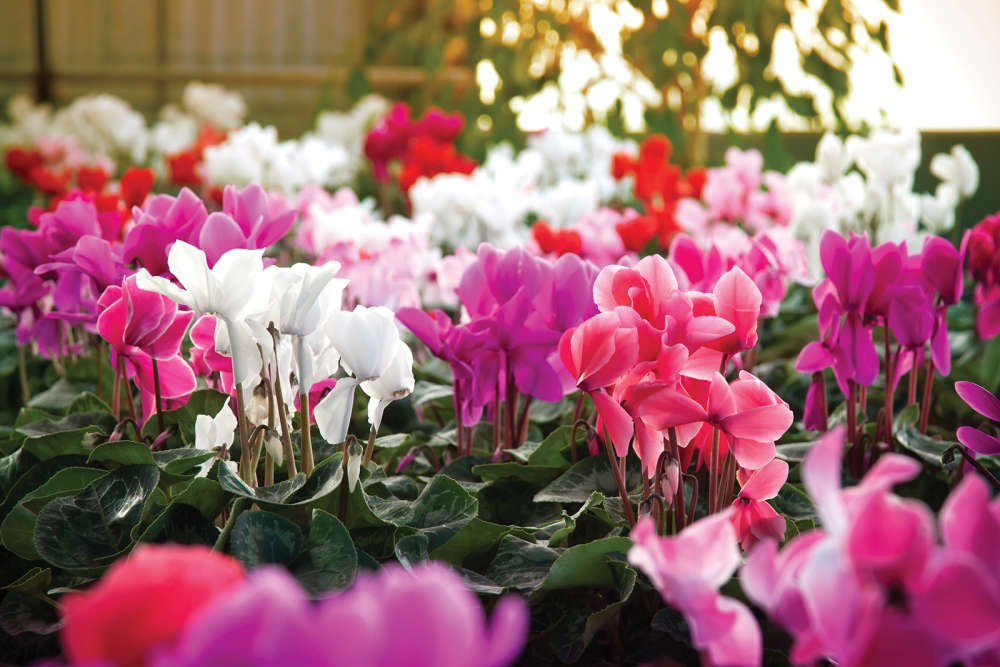 Blooming Times: Winter Sparklers
Blooming Times: Winter Sparklers
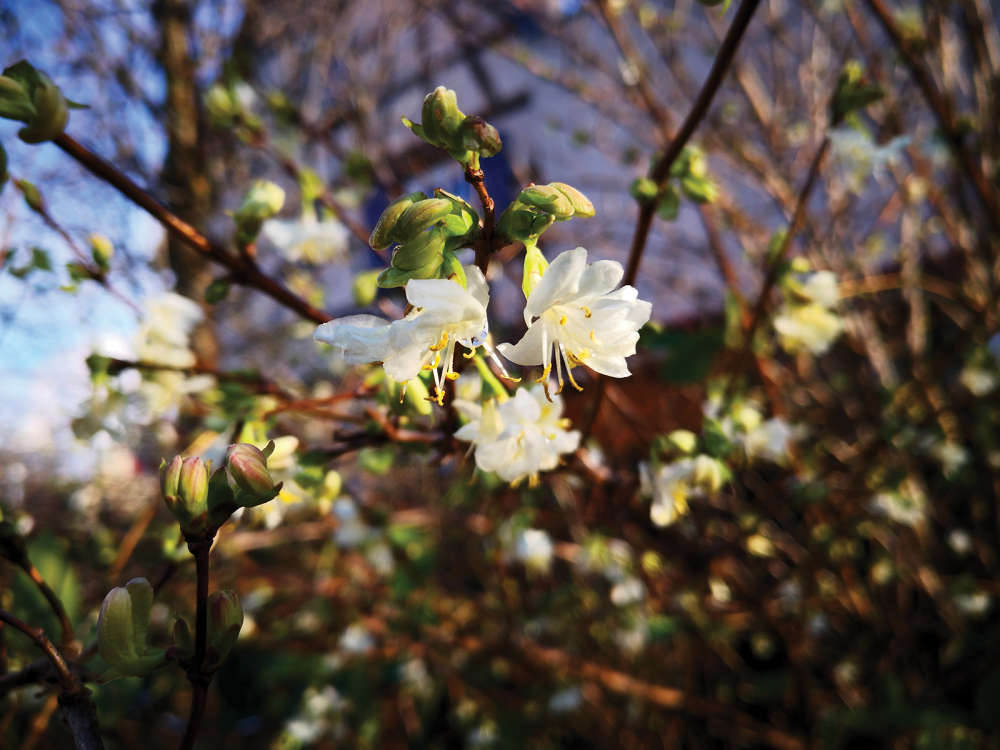 Blooming Times: Winter Wonders
Blooming Times: Winter Wonders
 Blooming Times: The Answer Lies in the Soil
Blooming Times: The Answer Lies in the Soil
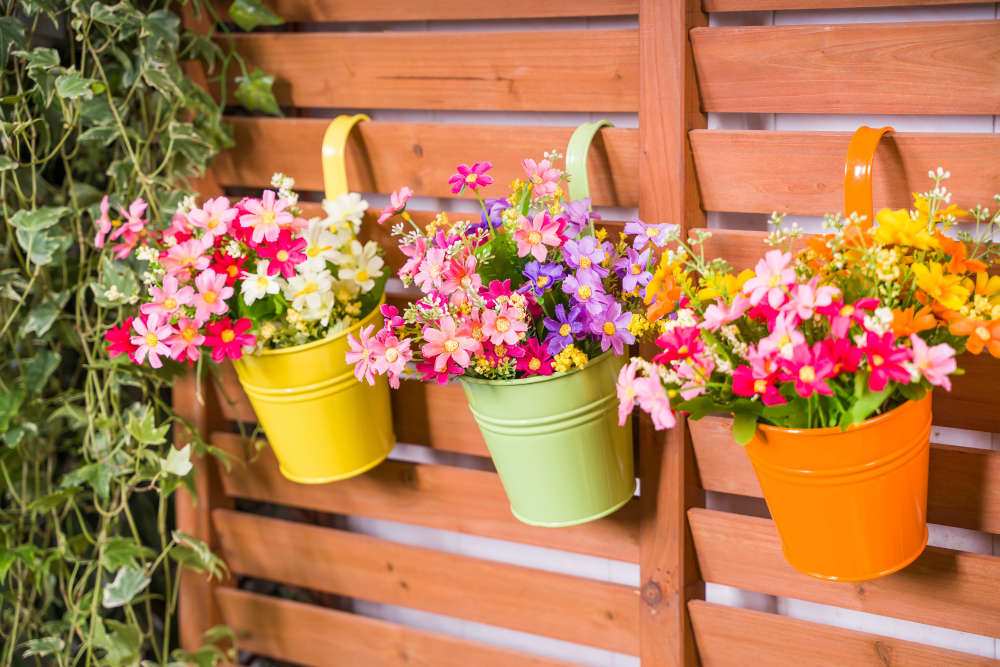 How to Cover Up Shabby Garden Walls and Fences
How to Cover Up Shabby Garden Walls and Fences
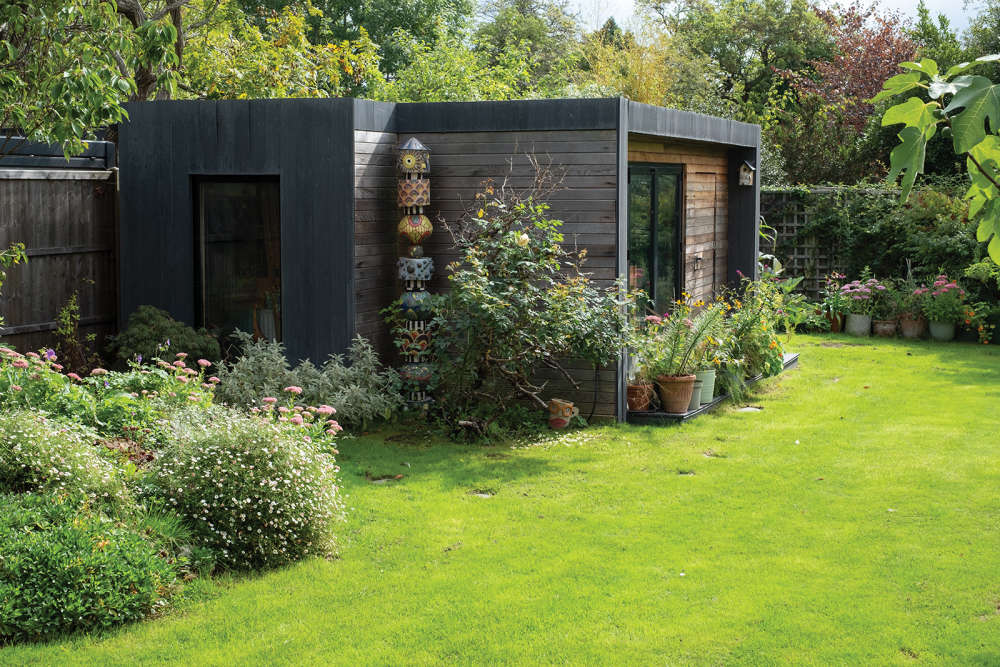 Homes Extra: Shed Space
Homes Extra: Shed Space
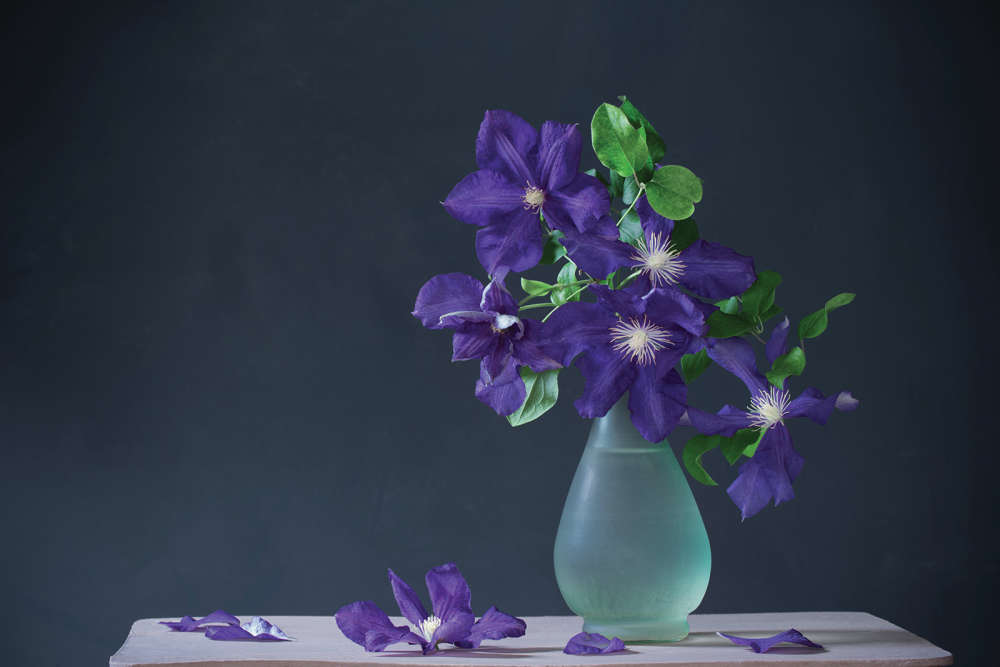 Gardening: Choose a Clematis for Every Month of the Year
Gardening: Choose a Clematis for Every Month of the Year
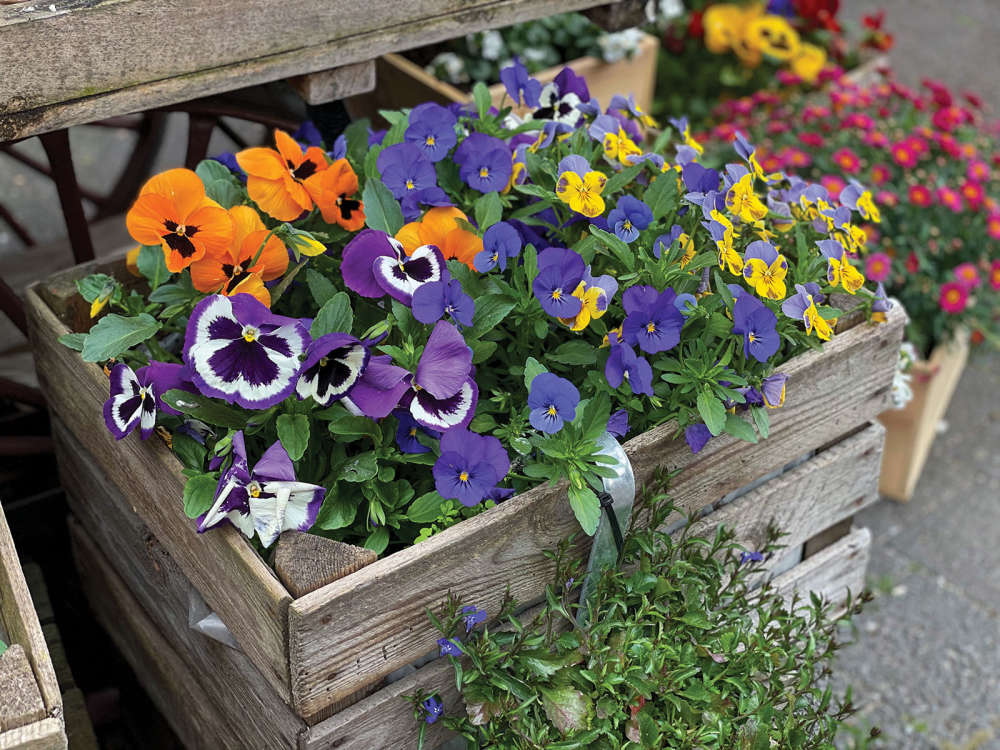 Blooming Times: Top of the Pots
Blooming Times: Top of the Pots
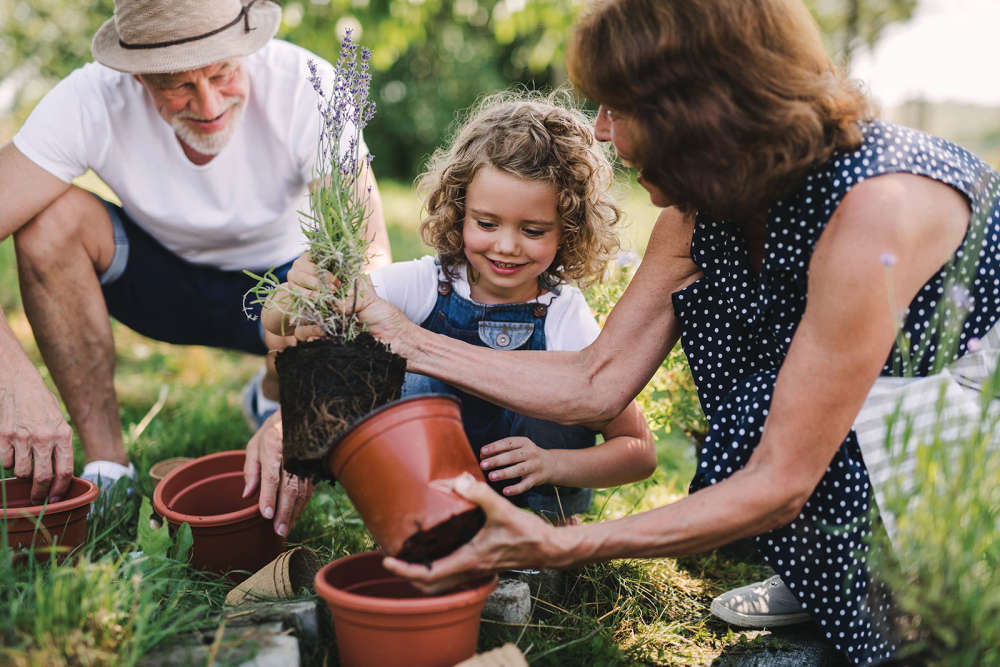 Kids Zone: Get the Kids Growing
Kids Zone: Get the Kids Growing
 Blooming Times: Wisteria Hysteria
Blooming Times: Wisteria Hysteria
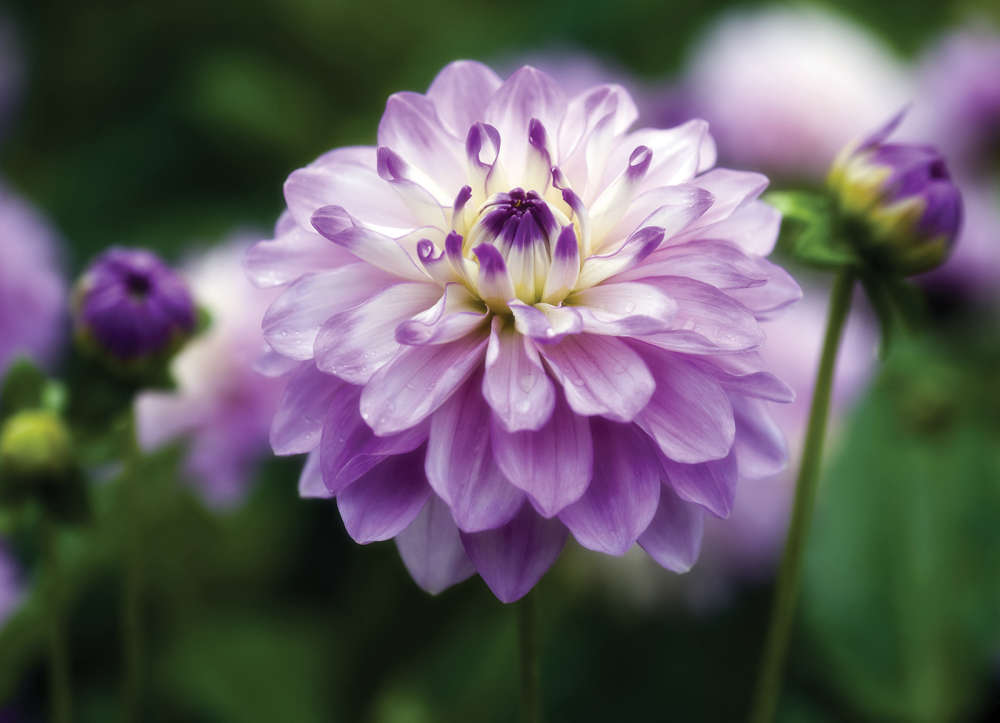 Blooming Times: Dahlia Mania
Blooming Times: Dahlia Mania
 How to Create 3D Walls in Your Home
How to Create 3D Walls in Your Home
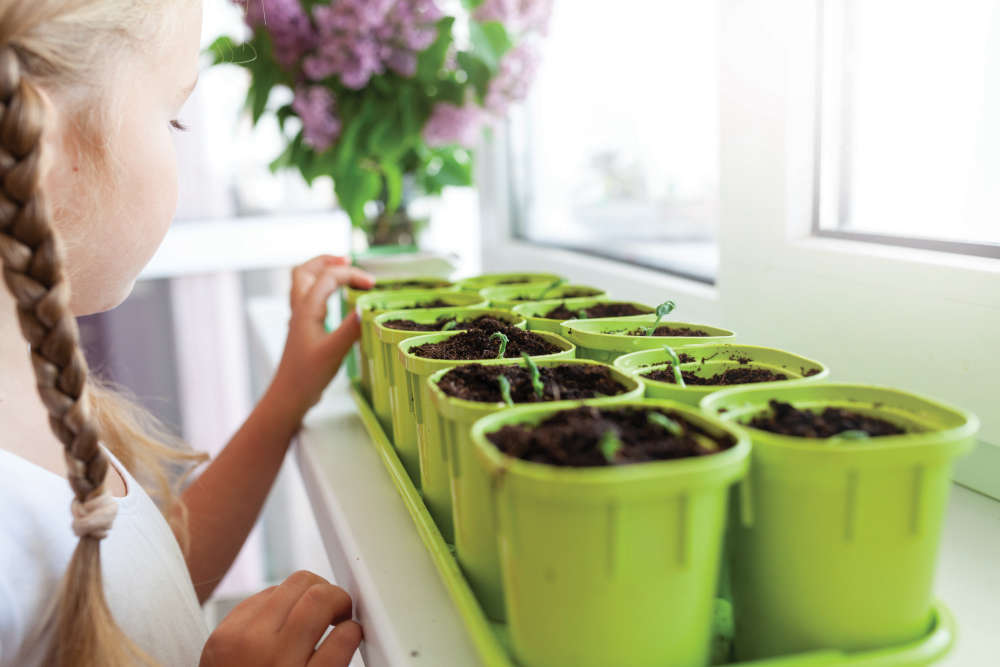 Blooming Times: Spring Fever
Blooming Times: Spring Fever
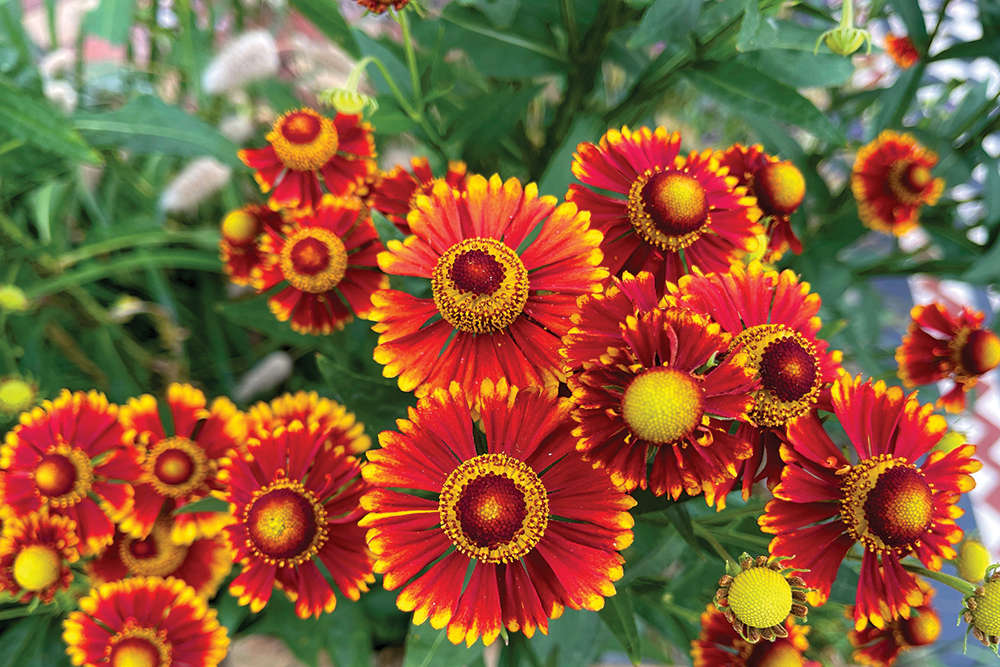 Blooming Times: What's in a Name?
Blooming Times: What's in a Name?
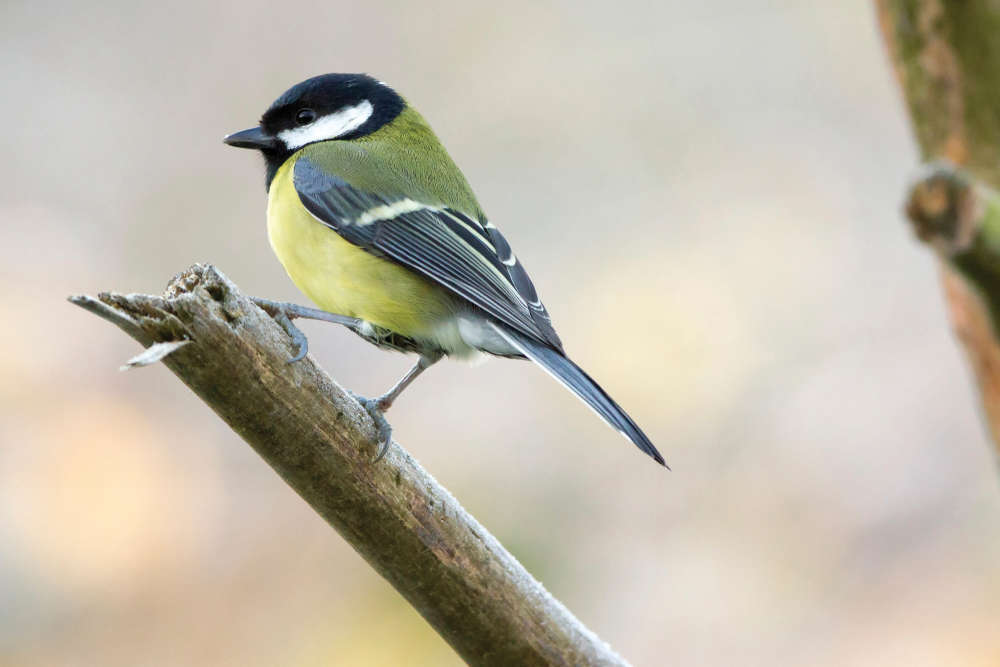 Top 10 Garden Birds to Spot on the Isle of Wight
Top 10 Garden Birds to Spot on the Isle of Wight
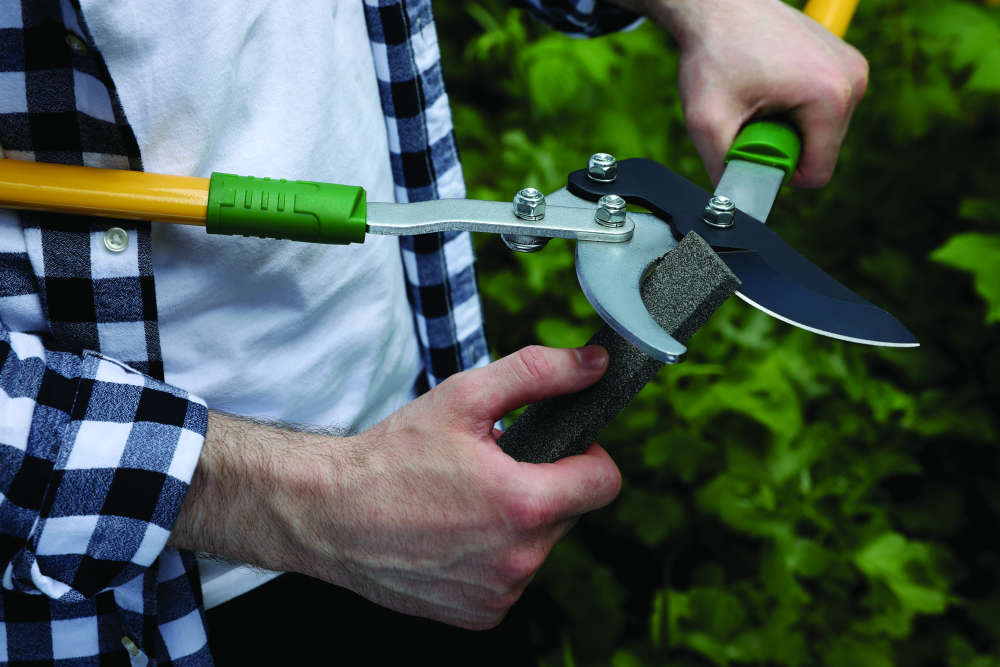 The Best Christmas Gifts for Gardeners
The Best Christmas Gifts for Gardeners
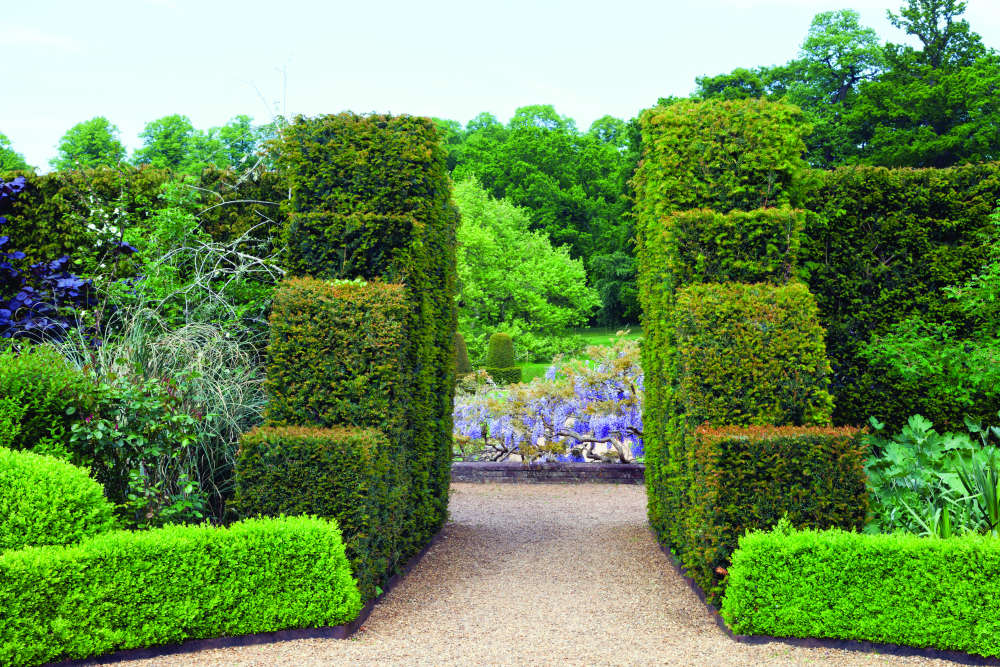 Gardening: The Benefits of Hedges
Gardening: The Benefits of Hedges
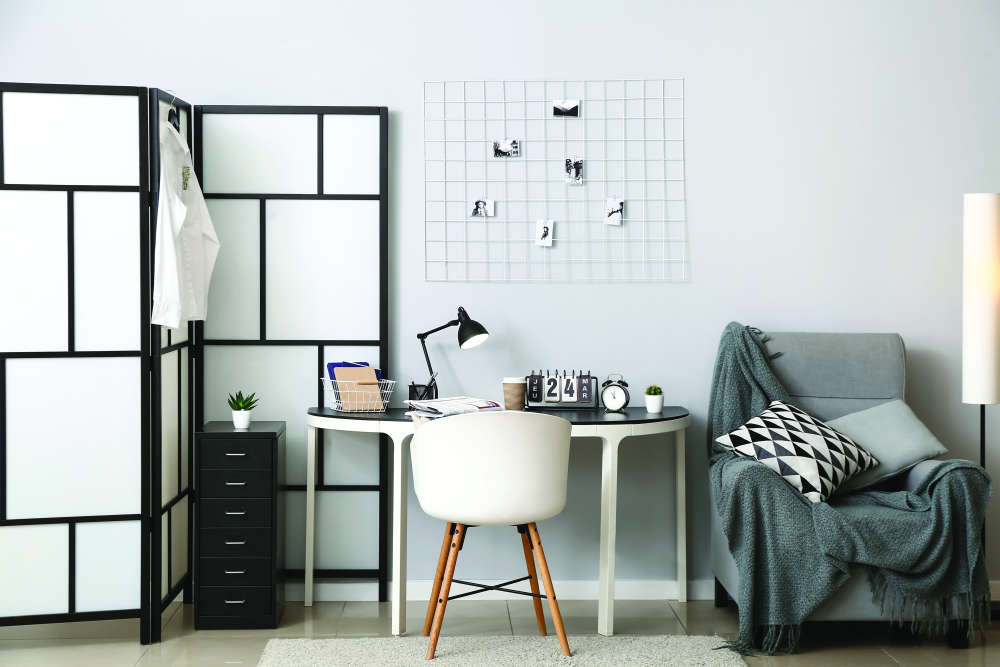 How to Create a Happy Home Workspace
How to Create a Happy Home Workspace
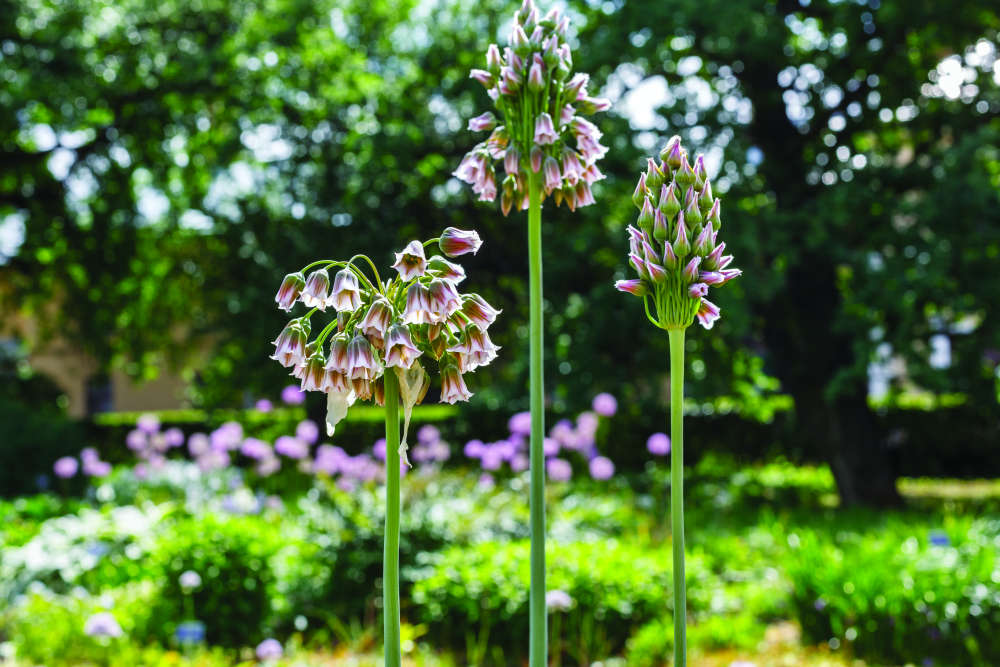 Now's the Time to Plant Alliums for a Spectacular Display Next Year
Now's the Time to Plant Alliums for a Spectacular Display Next Year
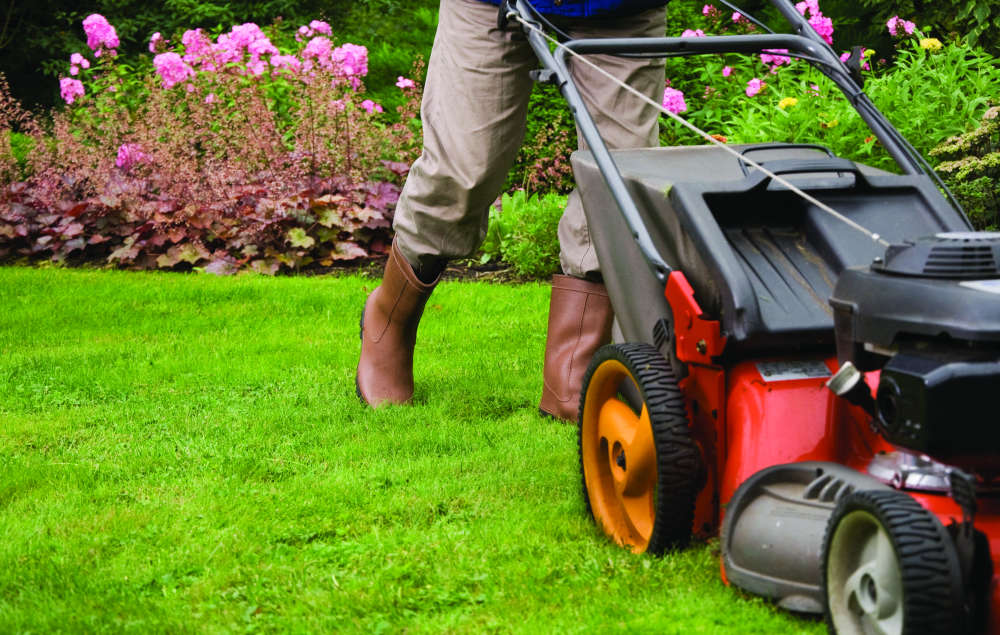 Gardening Facts or Fictions?!
Gardening Facts or Fictions?!
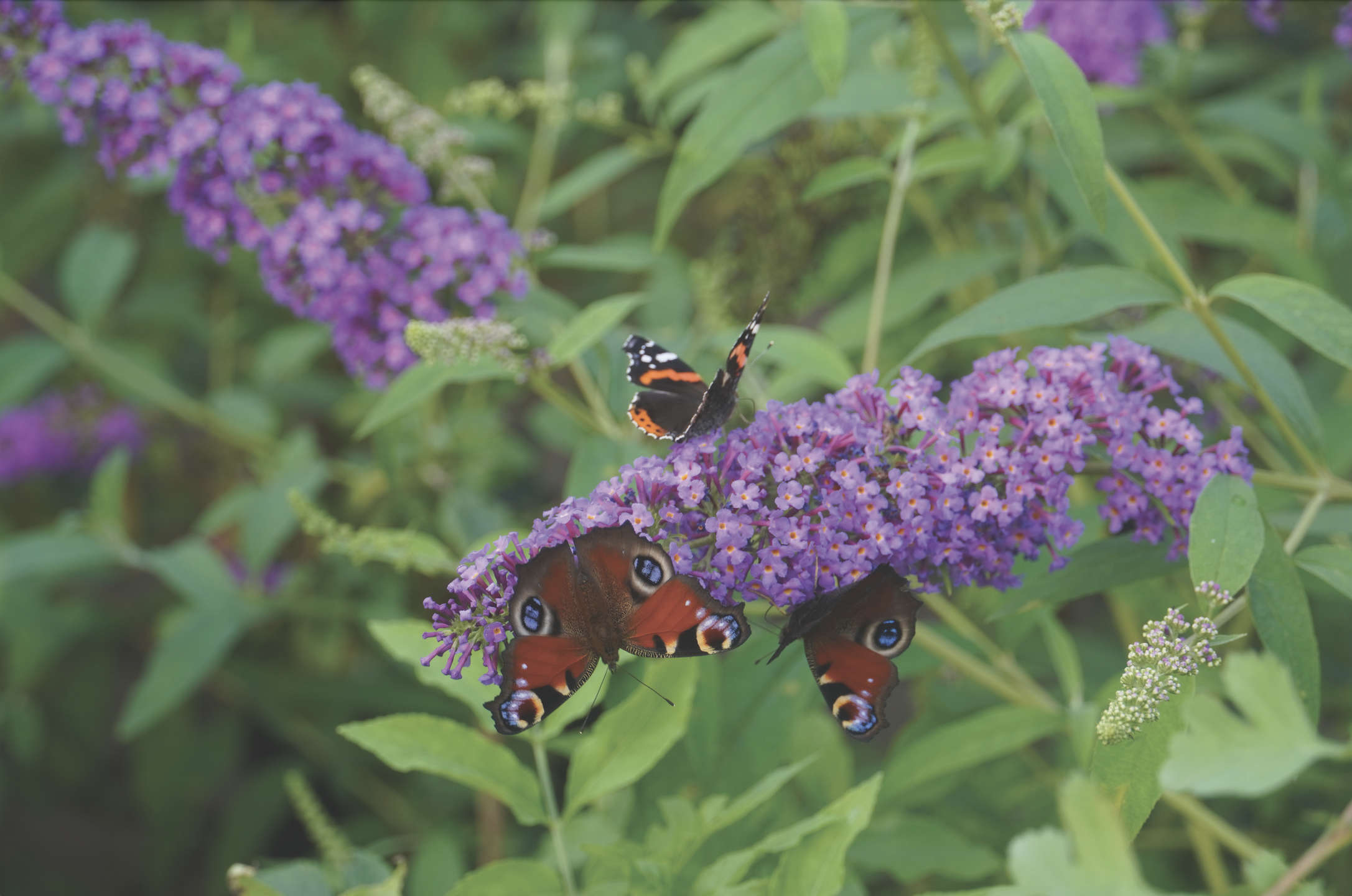 Fill The Gaps in Your Garden With Stunning Shrubs
Fill The Gaps in Your Garden With Stunning Shrubs